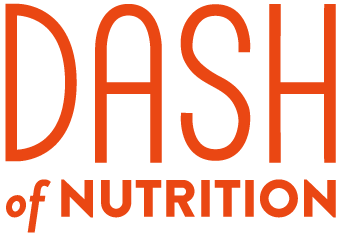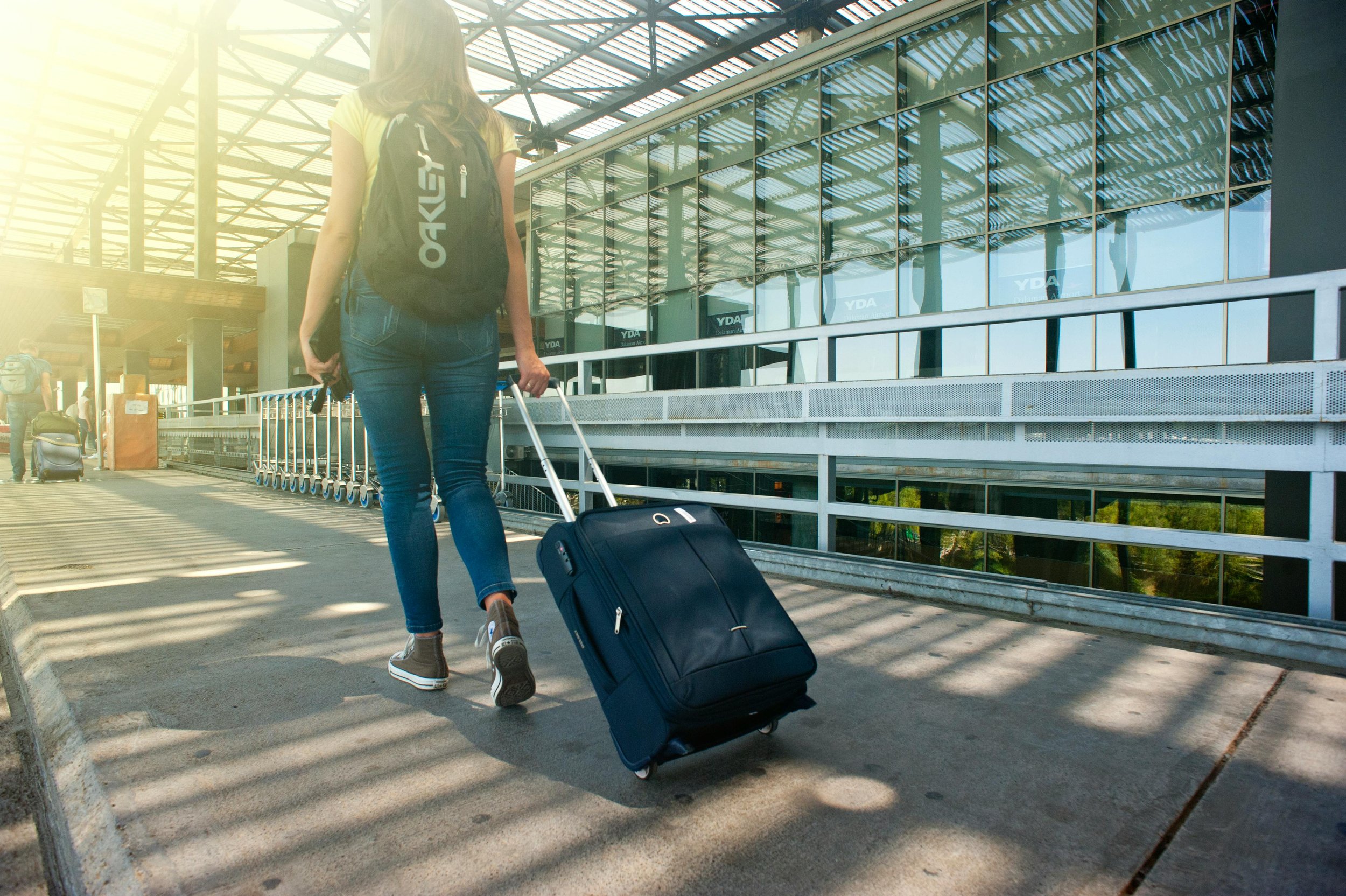Strategies to Stay on Track with Healthy Eating During Vacation
Vacation is a time to relax, explore, and indulge a little—but that doesn’t mean your healthy habits have to take a back seat. Whether you're flying to the mainland, island hopping, or heading to an international destination, making smart food choices while traveling can help you feel your best and enjoy your trip to the fullest. With a little planning and a few mindful strategies, you can stay on track with your health goals without feeling restricted.
Plan Ahead for Success
One of the best ways to maintain healthy eating habits while traveling is to plan ahead. Start by researching your destination to find local grocery stores, farmers’ markets, and restaurants that offer healthier options. Many locations provide fresh, local produce and balanced meals that can fit into a nutritious diet. If possible, book accommodations with a kitchenette or at least a mini-fridge, allowing you to prepare simple meals and store healthy snacks like yogurt, cut-up fruit, or hummus. Thinking ahead about your meals can also be helpful—consider which meals you’ll be eating out and which ones you can prepare yourself. Even planning for one healthier meal per day can make a significant difference in maintaining balanced nutrition on vacation.
Smart Snacks to Pack for Traveling
Having healthy snacks on hand can help you avoid processed airport food or last-minute fast food stops. Pack nutrient-dense options like:
Nuts and Seeds: Macadamia nuts, almonds, walnuts, and pumpkin seeds provide healthy fats and protein to keep you full.
Dried or Fresh Fruit: Bananas, apples, or dried mango without added sugar are great for long trips.
Protein Bars: Look for ones with minimal added sugars and whole ingredients. A favorite of mine are Aloha bars.
Whole-Grain Crackers or Rice Cakes: Pair with peanut butter or cheese for a satisfying snack.
Vegetable Chips or Roasted Seaweed (Nori): A healthier alternative to traditional chips.
Keeping a refillable water bottle with you is also key to staying hydrated, especially in dry airplane cabins or warmer climates.
Choosing Healthier Meals While Traveling
Eating out is inevitable while on vacation, but making mindful choices can help you stay balanced without feeling deprived.
Dining Out While Traveling
When dining out while traveling, making simple swaps can help you maintain a balanced diet. Opt for grilled, baked, or steamed proteins like fish, chicken, or tofu instead of fried options. Whole grains, such as brown rice, quinoa, and whole-wheat bread, provide more fiber and nutrients compared to refined grains. Incorporating plenty of vegetables into your meal—whether as a side or a main dish—boosts your intake of vitamins and minerals while keeping you full longer. Since restaurant portions tend to be larger, consider sharing meals or saving leftovers for later to prevent overeating. These small adjustments allow you to enjoy dining out without compromising your nutrition goals.
Fast Food and Chain Restaurants with Healthier Options
If you’re road-tripping or flying, chances are you’ll come across some common fast-food spots. Here are a few healthier options to look for:
Chipotle: Choose a burrito bowl with brown rice, lean protein, veggies, and salsa instead of a burrito with cheese and sour cream.
Starbucks: Opt for an egg white wrap, oatmeal, or protein boxes instead of pastries.
Subway: A whole wheat sub loaded with veggies and lean protein can be a good choice.
Chick-fil-A: Grilled nuggets, side salads, and fruit cups are better alternatives to fried chicken and fries.
Panda Express: The Super Greens side and grilled teriyaki chicken offer a lighter meal option.
Special Considerations for Those on GLP-1 Medications
If you’re taking GLP-1 medications like Ozempic or Mounjaro, you may notice changes in appetite or digestion while traveling. To stay comfortable and avoid nausea, try eating smaller, more frequent meals instead of large portions. Protein and fiber-rich foods, such as lean meats, beans, whole grains, and vegetables, help stabilize blood sugar and keep you feeling full longer. Staying hydrated is also crucial, as dehydration can worsen digestive discomfort. Additionally, be mindful of heavy, greasy foods, which may be harder to digest. Listening to your body's hunger and fullness cues can help you enjoy your trip without experiencing discomfort.
Lifestyle Habits to Stay Balanced on Vacation
Maintaining a healthy lifestyle while traveling goes beyond just food choices. Staying active is a great way to balance out occasional indulgences—whether it's walking through a city, hiking, or taking a beach stroll, movement can help you feel your best. Hydration is another key factor, as dehydration can lead to fatigue, headaches, and cravings. Carry a reusable water bottle and make a habit of sipping water throughout the day. Prioritizing sleep is just as important; jet lag and late nights can disrupt your routine, so try to maintain a consistent bedtime and create a relaxing nighttime routine. Finally, give yourself grace—vacation is meant to be enjoyed! Focus on balance rather than perfection, indulging in local foods in moderation while still making healthier choices when possible.
Traveling doesn’t have to mean abandoning your healthy habits. With a little preparation and mindful choices, you can enjoy your vacation while still feeling energized and balanced. By planning ahead, packing nutritious snacks, and making smart restaurant choices, you’ll set yourself up for success—without missing out on the joy of travel.
Want more nutrition tips for staying healthy year-round? Check out our Instagram for nutrition and recipe tips.

